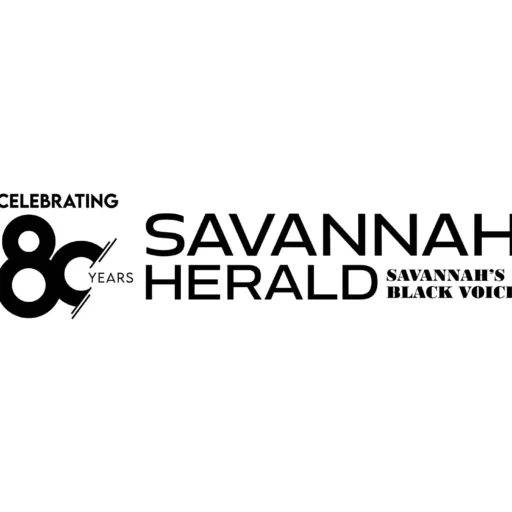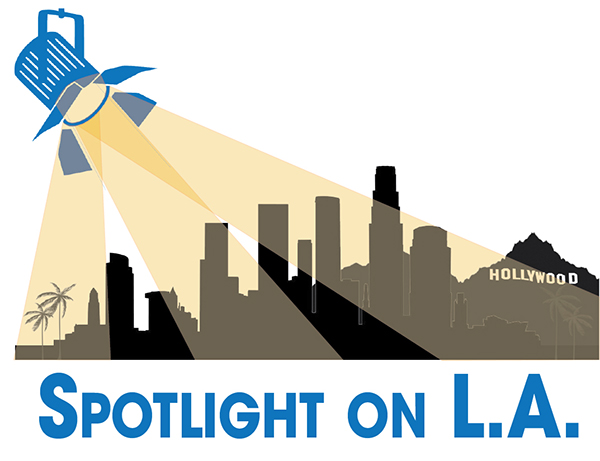
By Darlene Donloe
Contributing Writer
El SEGUNDO — The beauty of a butterfly has long been admired.
Artist Robyn Nola once said “Butterflies are nature’s angels. They remind us what a gift it is to be alive.”
The El Segundo Butterfly Preserve is one of California’s smallest, most unassuming natural areas, where visitors can discover the wonders of butterflies.
Located along the coastal, fenced-off dunes near Los Angeles International Airport, one of the world’s busiest airports, the preserve, which sits between the tarmac and the ocean, is designed to foster biodiversity and environmental stewardship and was established to protect the endangered El Segundo Blue Butterfly.
Scientists counted approximately 500 remaining species in 1976. That low number contributed to the Blue Butterfly becoming the first insect added to the Federal Endangered Species List.
The preserve, sprawled north and south along a narrow strip of hilly land between the beach and LAX, is home to the largest population of the Blue Butterfly, which can also be found on an eight-acre patch of dunes in the Ballona Wetlands. But that’s not its only function.
While it shelters species hovering on the edge of extinction, it also demonstrates broader themes in conservation biology, habitat restoration and community engagement. Fenced off to the public, butterflies can be seen by those who walk the four-mile path surrounding the preserve’s perimeter.
“The preserve is the largest remaining areas of coastal dunes in all of Southern California, roughly 300 acres,” said Tom Ford, CEO of the Bay Foundation, an organization that protects ecosystems, fosters climate resiliency and furthers stewardship. “We helped [the airport] increase the amount of native vegetation — the different kinds of plants that could live in the preserve.
“Our job when we worked with [the airport] from 2014-2021 was to help them remove invasive plants and get the other plants beneficial to the butterflies. We also helped restore the dunes.”
The LAX Dunes, managed by Los Angeles World Airports, the city department that manages the city’s airports, is 307 acres. About 203 acres are reserved for the El Segundo Blue Butterfly Preserve, formerly the home of the Palisades Del Rey (“King’s Beach”) Surfridge Estates, a one-time wealthy beachfront enclave neighborhood.
“There is a nature path established on the margin of the area with the blue butterflies,” Ford said. “You can get an idea of what the landscape looks like.”
Ford, who has been the CEO of the Bay Foundation for four years and has been with the organization since 2010, believes the preserve is vital.
“It’s important because the Blue Butterfly lives solely along the Los Angeles coastline,” he said. “We should care because the butterflies are beautiful. When you can establish the plants that the Blue Butterflies use, it’s a strong signal to me that when we’ve found out that we’ve done the environment some harm — we can fix it.”
At one time, the El Segundo Blue Butterfly population, whose adult population takes flight between June and early September, was abundant and thriving — averaging three-quarters of a million butterflies yearly. The population began to decline, hitting 4,748 recorded in the El Segundo Blue Butterflies Habitat Restoration Area in 2018 and a staggering 5,300-6,500 in 2020, for several reasons, including urbanization, the loss of its habitat and the introduction of non-native plant species.
It wasn’t long until the butterfly population decreased to perilous levels due to the intrusion of industrial development along the Los Angeles coastline.
In 1985, after recognizing an urgent need for conservation, the California Department of Fish and Wildlife designated the El Segundo Butterfly Preserve, a testament to the subtle relationship between urban development and ecological preservation.
The preserve provides a protected area where native plants can thrive, and butterflies can reproduce.
Considered a specialist species measuring less than an inch in size, almost too tiny to notice, the El Segundo Blue Butterfly’s only host plant is the sea cliff buckwheat. That’s where it lays its eggs in the shrub’s bushy limbs, feasting on its flowers and spending its entire short life in and around the plant’s flowerheads.
It nectars on the buckwheat flower, mates and lays its eggs (which hatch in a week) in the blossoms; its larvae eat the flowers, and its pupae are formed at the base of the plant, emerging the following season, late June through July, as adult butterflies to start the cycle all over again.
The Blue Butterfly gets its name from the male’s dorsal wing, which is blue. The female’s is brown, while the underside is gray, with dark, square-shaped spots and orange spots on the back wing.
The preserve’s distinctive habitat — characterized by coastal dunes, sandy soils, and diverse native flora — provides a fundamental environment for the butterfly’s life cycle.
Why is the El Segundo Blue Butterfly, or any other butterfly, important in the bigger scheme?
Butterflies are an integral part of the natural environment because they act as key pollinators, helping plants reproduce by transferring pollen between flowers. They also serve as a food source for other animals like birds, making them a vital part of the ecosystem.
In addition, butterflies’ sensitivity to environmental changes makes them valuable indicators of ecosystem health and potential climate change impacts.
Despite efforts to preserve the health and continued life of the El Segundo Blue Butterfly, which, unlike some butterflies, doesn’t migrate thousands of miles, there are still challenges.
For instance, urban development, which includes habitat loss, continues to threaten the surrounding areas, and climate change aggravates habitat dilapidation through rising temperatures and altered precipitation patterns.
Ongoing research and adaptive management strategies are important to safeguard the long-term survival of the butterfly and its habitat. For example, increasing the preserve’s boundaries, improving connectivity between habitats, fostering collaborative partnerships across sectors, and integrating climate resilience into conservation planning will be crucial in mitigating the impacts of climate change on the preserve’s ecosystems.
The El Segundo Butterfly Preserve is more than a sanctuary for endangered species; it represents a vital intersection of ecology, conservation and community involvement. That allows local schools, environmental organizations, and volunteers to participate in habitat restoration projects, educational programs and outreach initiatives designed to raise awareness about preserving this distinctive ecosystem.
The El Segundo Butterfly Preserve is located at Vista Del Mar and Imperial Highway in the community of Venice. Lot parking is available to the west at Dockweiler Beach, and street parking can be found to the north along Waterview Street or to the west along Vista Del Mar.
Darlene Donloe is a freelance reporter for Wave Newspapers who covers South Los Angeles. She can be reached at [email protected].

